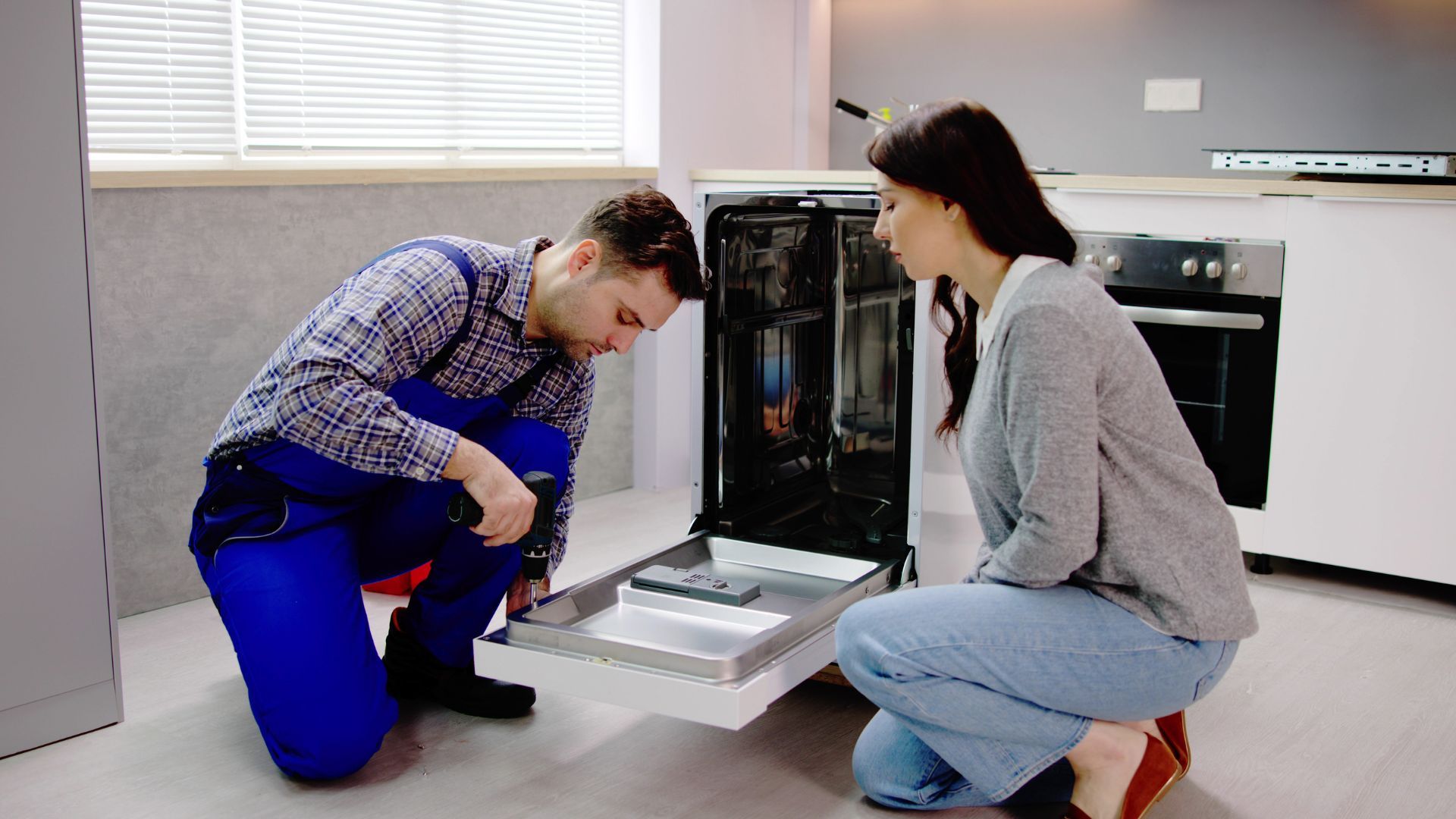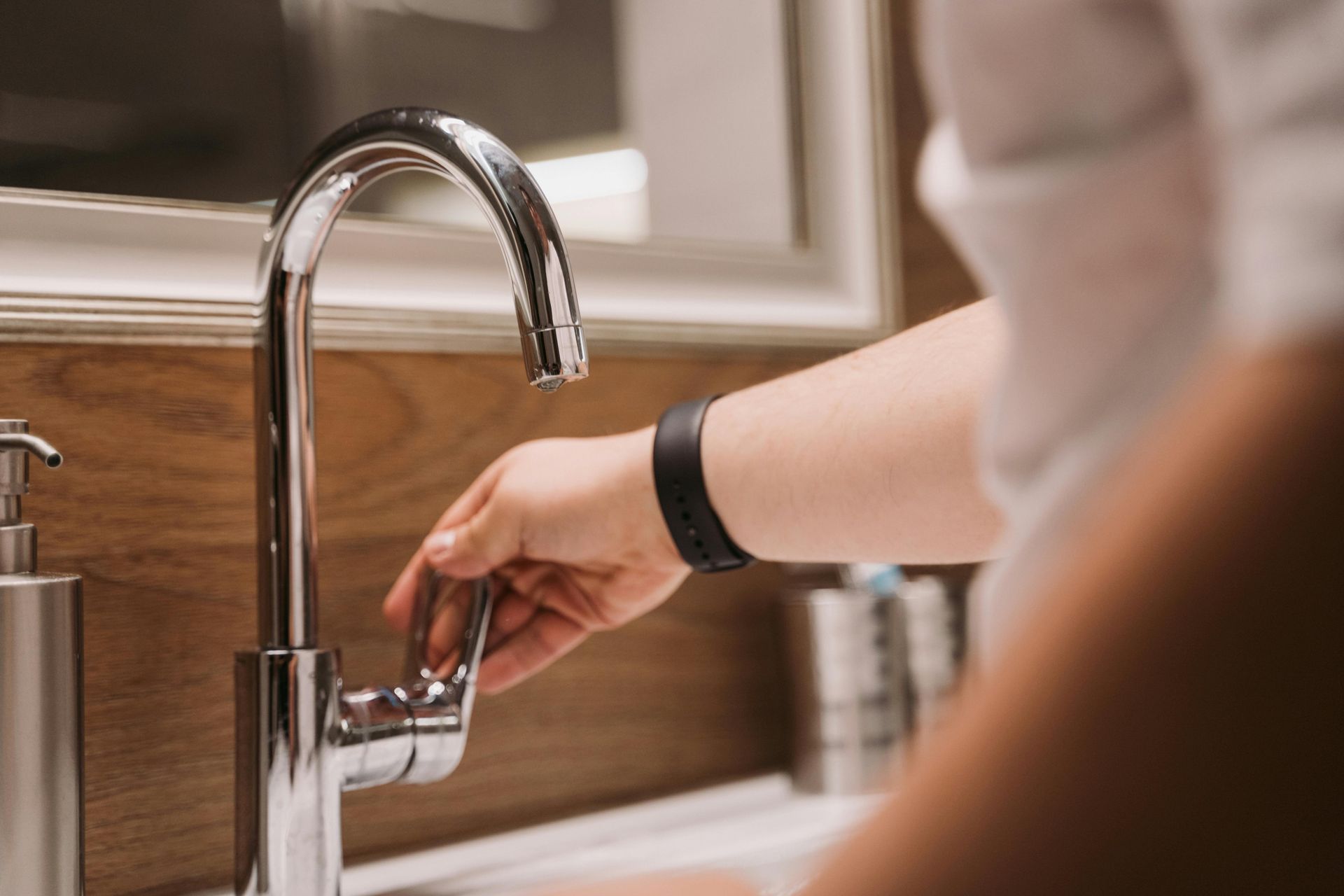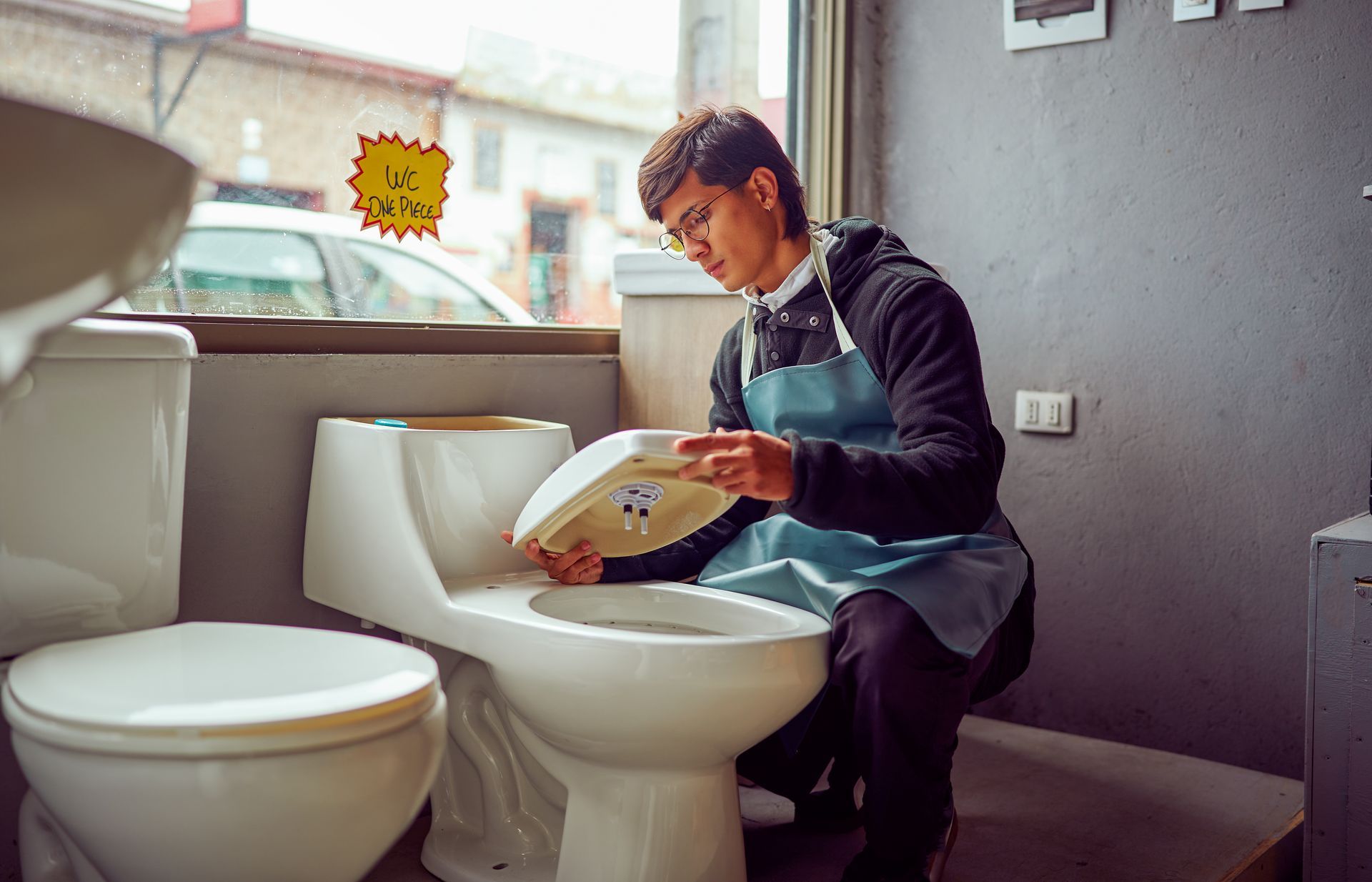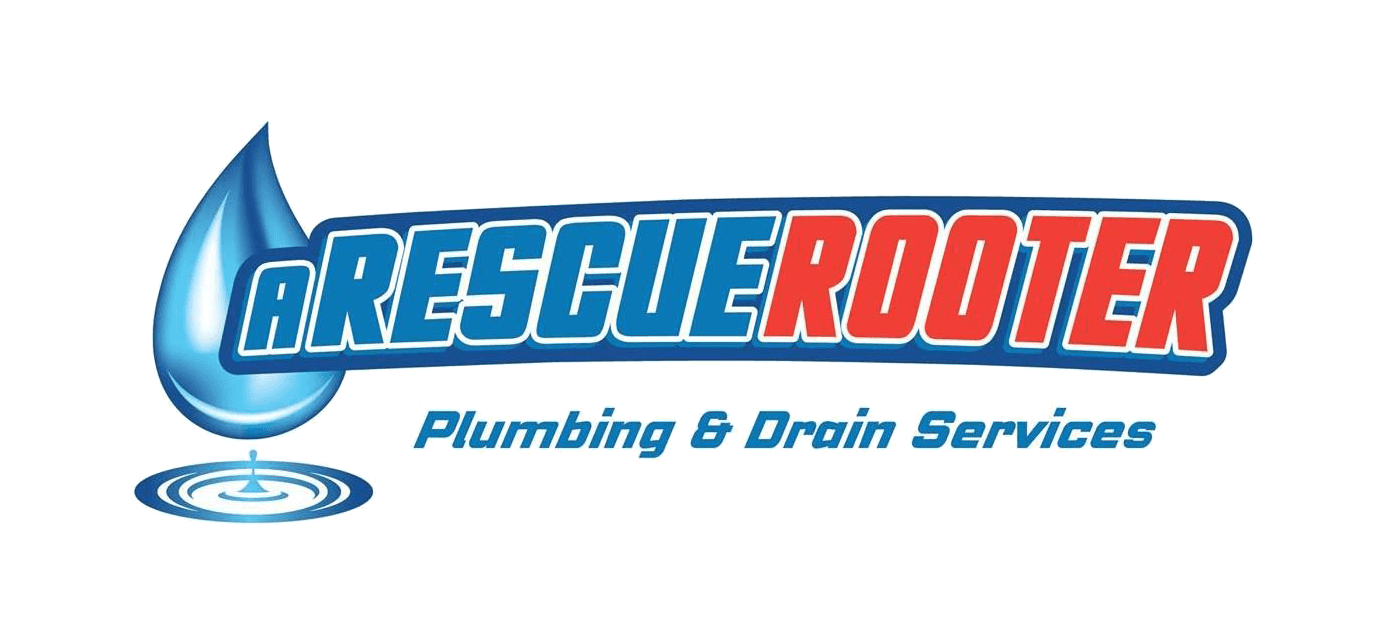Are you dealing with a clogged kitchen sink?
If your kitchen sink is draining slowly or even becomes clogged in St. Catharines, you have probably poured grease down the drain....
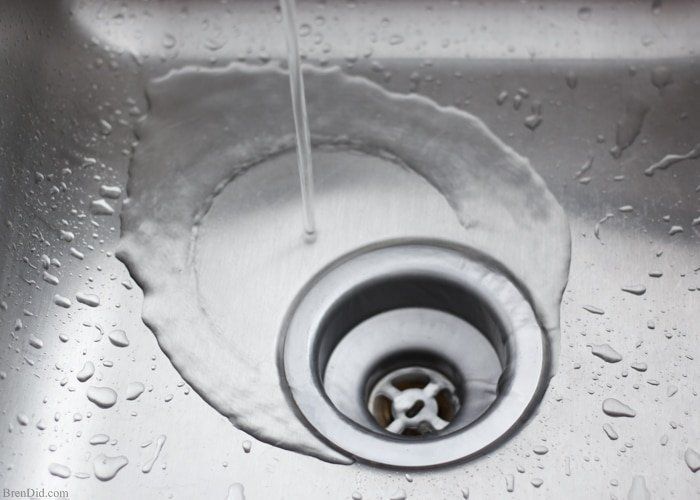
The hard truth is you need to stop that right now and pass it on to all household members. Don’t feel ashamed, a lot of us are guilty of taking that convenient short cut. Your sink is right near where your pan of grease that needs to be drained happens to be, why not pour it down the drain? Do yourself a favour and don’t pour grease in the kitchen sink drain any longer and tell all the members of your household members the same.
You’re probably thinking that the grease that goes down the drain is liquid so what harm can it do? Yes, the grease starts out as liquid in its initial form but shortly after it has been in the pipes for awhile it changes in to a solid state. If you’re in the habit of consistently pouring grease down the drain, you will have a clogged kitchen sink. If other items happen to go down the kitchen sink drain, there is bigger chance that they will add to the clogged kitchen sink.
If you have a clogged kitchen sink and you know grease is the culprit, these easy remedies will probably do the trick in unclogging it.
- Pour boiling water down the kitchen sink drain. The heat will dissolve it.
- Or try using the trusted stand-by of baking soda and vinegar.
Pour half a cup of baking soda down the kitchen drain, after 5 minutes, mix a cup boiling water with a cup of vinegar then pour that down the drain. After about 10 minutes rinse out the drain with hot water.
- If you don’t have baking soda, Alka-Seltzer tablets work basically the same way. Put a couple of the tablets in the drain, after 5 to ten minutes of them fizzling, rinse the drain with hot water.
NOTE: You may have to repeat these remedies a few times to dislodge the kitchen sink clog.
If your clog is unusually stubborn and you aren’t having any luck in repairing it yourself, the St. Catharines plumbers at A Rescue Rooter will use their expertise to remove the kitchen sink grease for you. A call to A Rescue Rooter will help you with all your plumbing needs, twenty-four hours a day in St. Catharines. Their technicians are fully licensed, insured and most importantly a phone call away! No job is too big or too small and they can help you with their state-of-the-art equipment that includes the use of CCTV video for diagnosis and repair. They never charge a premium for your emergency repair.
For all your commercial, domestic and industrial plumbing needs, you can trust A Rescue Rooter, your St. Catharines plumbers. Contact them at (905) 521-8284 or online at arescuerooter.ca. They’re a family run business who are available to you 24 hours a day, 7 days a week. A Rescue Rooter will provide you with a free quote too. They’re fully insured and have all your plumbing needs covered. You can be rest assured that you are making the right call. For your peace of mind, their plumbers are insured and licensed. They will tackle any repair and get the job done efficiently.
~A Solution for Every Problem!~
